During World War II, individuals of Japanese ancestry in the United States, predominantly American citizens, were seen by many as the enemy. Their loyalty to the nation was questioned, and their basic rights were stripped away. Nearly 120,000 men, women, and children were forced from their homes and confined in camps for years, without benefit of trial. Despite this treatment, 33,000 Japanese Americans served their country in Europe and the Pacific, earning numerous honors. Roughly 6,000 Japanese Americans served as translators and interpreters with the Military Intelligence Service (MIS) in the Pacific. The contributions of Nisei (second-generation Japanese Americans) in the realm of intelligence and communications were vital to victory in the Pacific.
Prior to the Pearl Harbor attack, the United States recognized a critical lack of knowledge of the Japanese language. On November 1, 1941, the US Military Intelligence Service (MIS) established a school for Japanese translation and interpretation at The Presidio in San Francisco. Most of the students were Nisei, but it was found that only one in 10 of these American students were fluent enough in Japanese to be useful. Some of the Nisei who operated as translators were Kibei, those who had been sent before the war from America back to Japan to study. Others studied Japanese as youths at language schools in the United States and never became fluent in the language of their parents.
MISLS 4th Class, Fall 1944. Center, with glasses, is graduate Ted Yenari. The National WWII Museum Digital Collections, Gift of Ted Yeanri, 2004.178.001
The first class graduated 45 Nisei in May 1942, the same month that mass relocations of Japanese Americans on the West Coast began. In June, due to the Exclusion Zone orders, the school was moved to the Midwest, ending up at Fort Snelling, Minnesota. It reopened as the Military Intelligence Service Language School (MISLS). Each class grew—in all nearly 6,000 Japanese Americans graduated through the rigorous six-month training program and served with the Military Intelligence Service (MIS)—including many recruited from incarceration centers. They fought using their knowledge of the Japanese language and culture. They were responsible for translating and interpreting documents, interrogating prisoners, and communicating with civilians.
Saipan. Sgt. Bob Hoichi Kubo, of Lahaina, Maui, Hawaii, an interpreter with the American Assault Forces, tries to comfort an abandoned Japanese boy found in a field. Kubo received the DSC for his actions on Saipan in persuading Japanese soldiers to surrender and release more than 100 civilian hostages. Courtesy National Archives.
Japanese Americans serving in the Pacific feared not only being killed by the enemy, but being killed accidentally by their fellow American soldiers. Fear of capture and treatment as a traitor by the Japanese was also always present. Many Nisei had family in Japan and felt that it was only by the grace of god that they were not fighting on the other side. Grant Ichikawa recalled in his oral history with the Museum:
“Being a linguist in a division full of people, when you have to deal with the enemy, you’re the one that does that.”
Grant Ichikawa
Communicating directly with the enemy, in the language of one’s parents, was incredibly fraught, and for some, presented difficult questions about identity and heritage. For some Japanese Americans, it was difficult to reconcile using the Japanese language for American victory when one’s dog tags bore the address of the camp back home in the United States where your parents were incarcerated.
Japan did not account for the employment of the Nisei in the US military. Recognizing a weakness and hoping to exploit the American unfamiliarity with the Japanese language, Japanese communications were often transmitted in plain language rather than code. In addition, the Japanese did not train their troops on how to act when captured, because surrendering or being captured was not acceptable. So rather than being prepared with the standard “name, rank, and serial number,” Japanese POWs often told their Nisei interrogators anything they asked.
Nisei in the MIS served in the CBI (China Burma India theater) with Merrill’s Marauders, and in Alaska with the Alaska Defense Command. They acted as cave flushers at Okinawa and Iwo Jima, convincing civilians and soldiers to surrender. One of the most valuable contributions of the Nisei in the MIS was the translation of the captured documents referred to as the “Z Plan,” which outlined the Japanese plans for counterattack in the Southwest Pacific in 1944.
By the war’s end Nisei linguists had translated an astounding 20.5 million pages of documents. Without a doubt, the intelligence gathered by MIS interpreters shortened the war and saved lives. The work that many Japanese Americans performed with the MIS extended beyond World War II into the Cold War years, including occupation duty. Nisei often served as a bridge between occupation authorities and civilians. This service often continued through the Korean War and into the Vietnam era.
During war crimes trials in the Pacific, Nisei translators and interpreters monitored translations, both English and Japanese, performed by Japanese interpreters. They listened for accuracy and possible corrections, ensuring a correct translation for the court records.
Mr. Sho Onodera and Mr. Lanny Miyamoto, civil service Nisei monitors from Los Angeles and civil service employees for the International Military Tribunal for the Far East, listen to courtroom procedure in Tokyo on September 3, 1946. Courtesy National Archives.
The postwar contribution of the MIS included women; Nisei volunteers with the Women’s Army Corps [WAC] were trained in translation of military documents for occupation duty. Until the early 1970s many of the contributions of the MIS were classified, and the stories and service of Nisei linguists went unrecognized. The first recognition of MIS veterans came with the Presidential Unit Citation awarded in 2000 by President George W. Bush. In 2010, MIS veterans received the Congressional Gold Medal along with the other Japanese American veterans of the 442nd Regimental Combat Team and the 100th Infantry Battalion.
For more from Grant Ichikawa and other MIS veterans, view the video of Japanese Americans in the Military Intelligence Service from our past exhibition, From Barbed Wire to Battlefields: Japanese American Experiences in World War II.
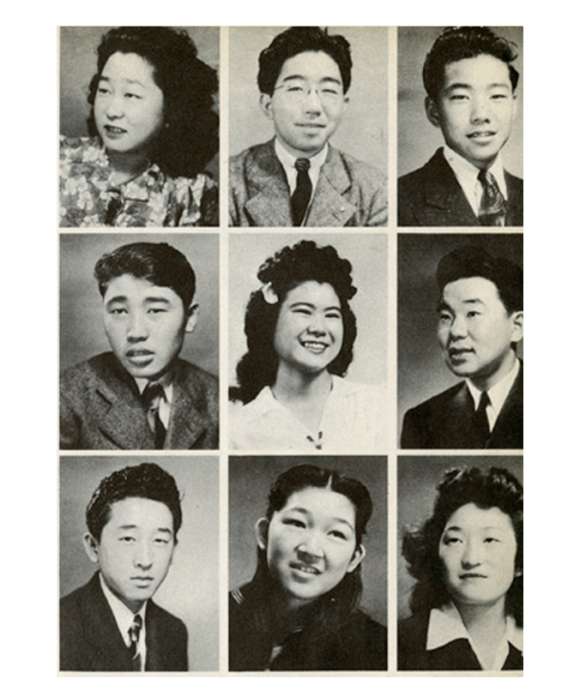
High School Life at Rohwer War Relocation Center
Rohwer War Relocation Center in McGehee, Arkansas, was created to educate the children of Japanese American descent who were forced from their homes along the West Coast of the United States and required to live behind barbed wire for the duration of World War II, far from the homes they knew.
Kim Guise
Kimberly Guise holds a BA in German and Judaic Studies from the University of Massachusetts Amherst. She also studied at the Universität Freiburg in Germany and holds a masters in Library and Information Science (MLIS) from Louisiana State University. Kim is fluent in German, reads Yiddish, and specializes in the American prisoner-of-war experience in World War II.
Cite this article:
MLA Citation:
APA Citation:
Chicago Style Citation:
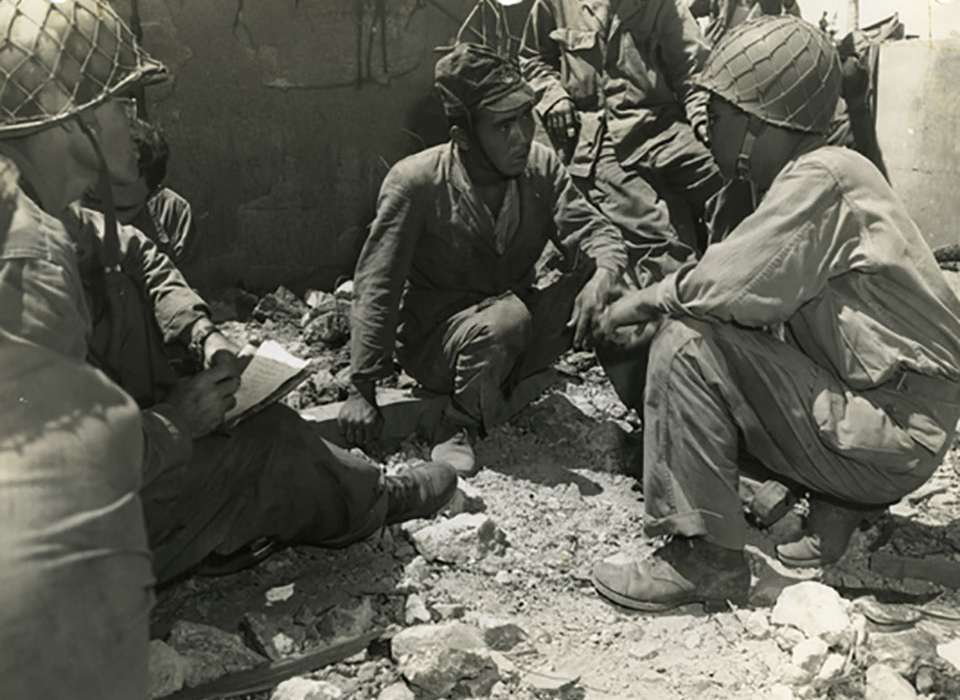
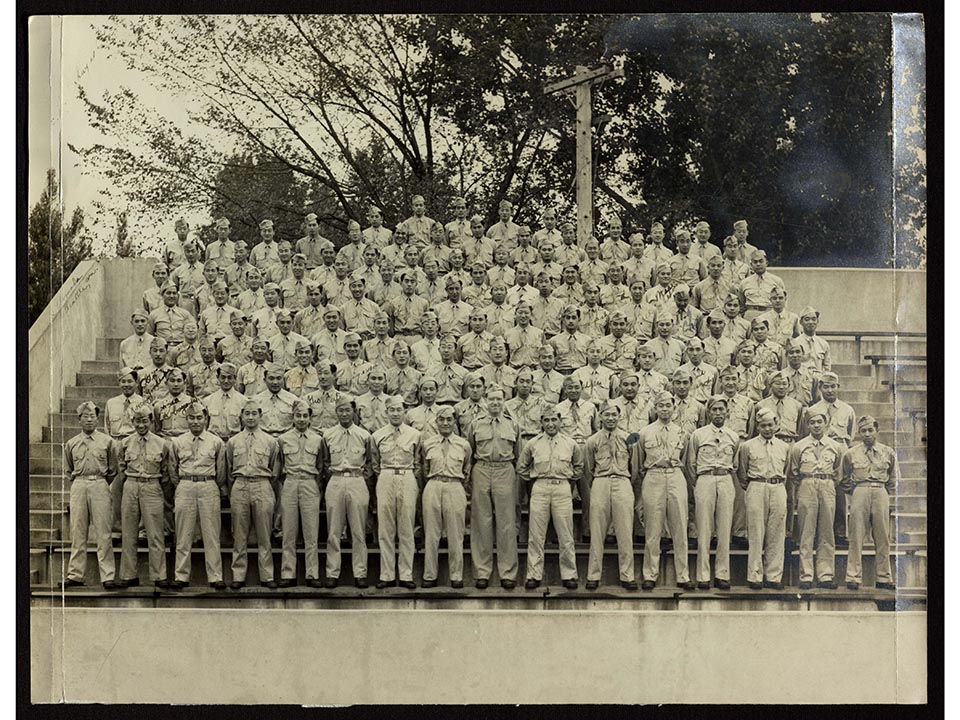
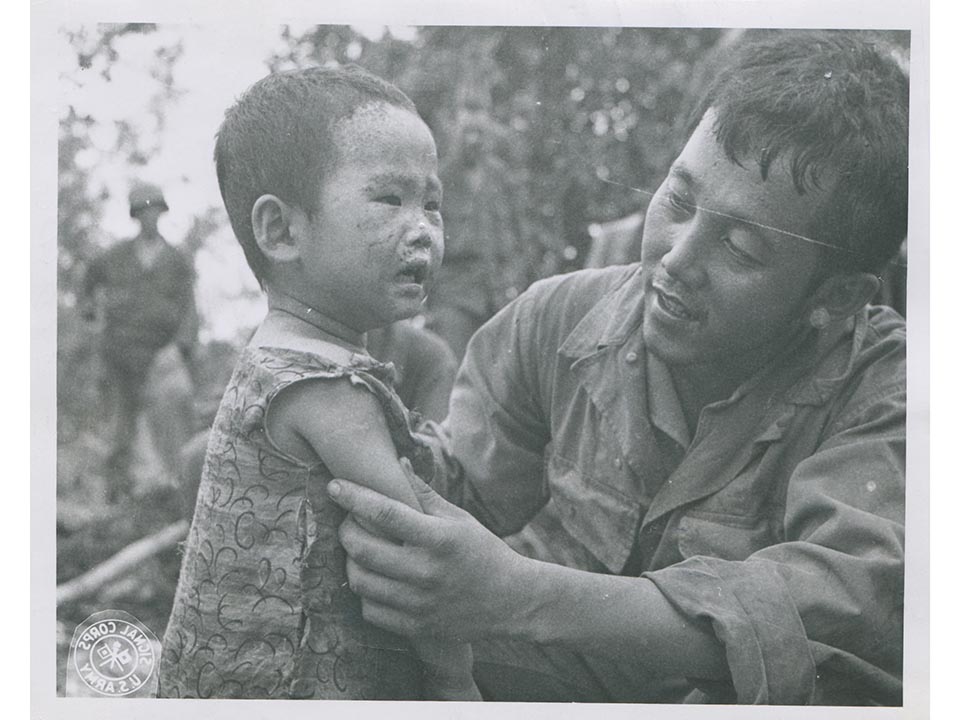
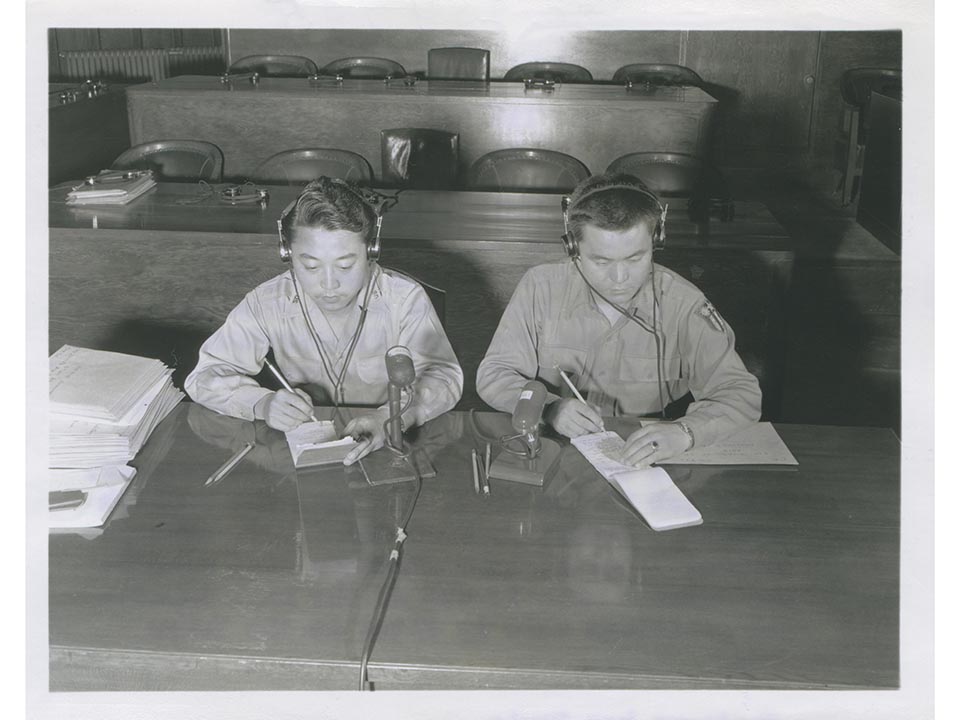





![Max Fuchs, New York City cantor, sings as Rabbi Sydney [sic] Lefkowitz, Richmond, VA, conducts the first Jewish services from Germany.](/sites/default/files/styles/max_650x650/public/2025-10/image1.jpg)


